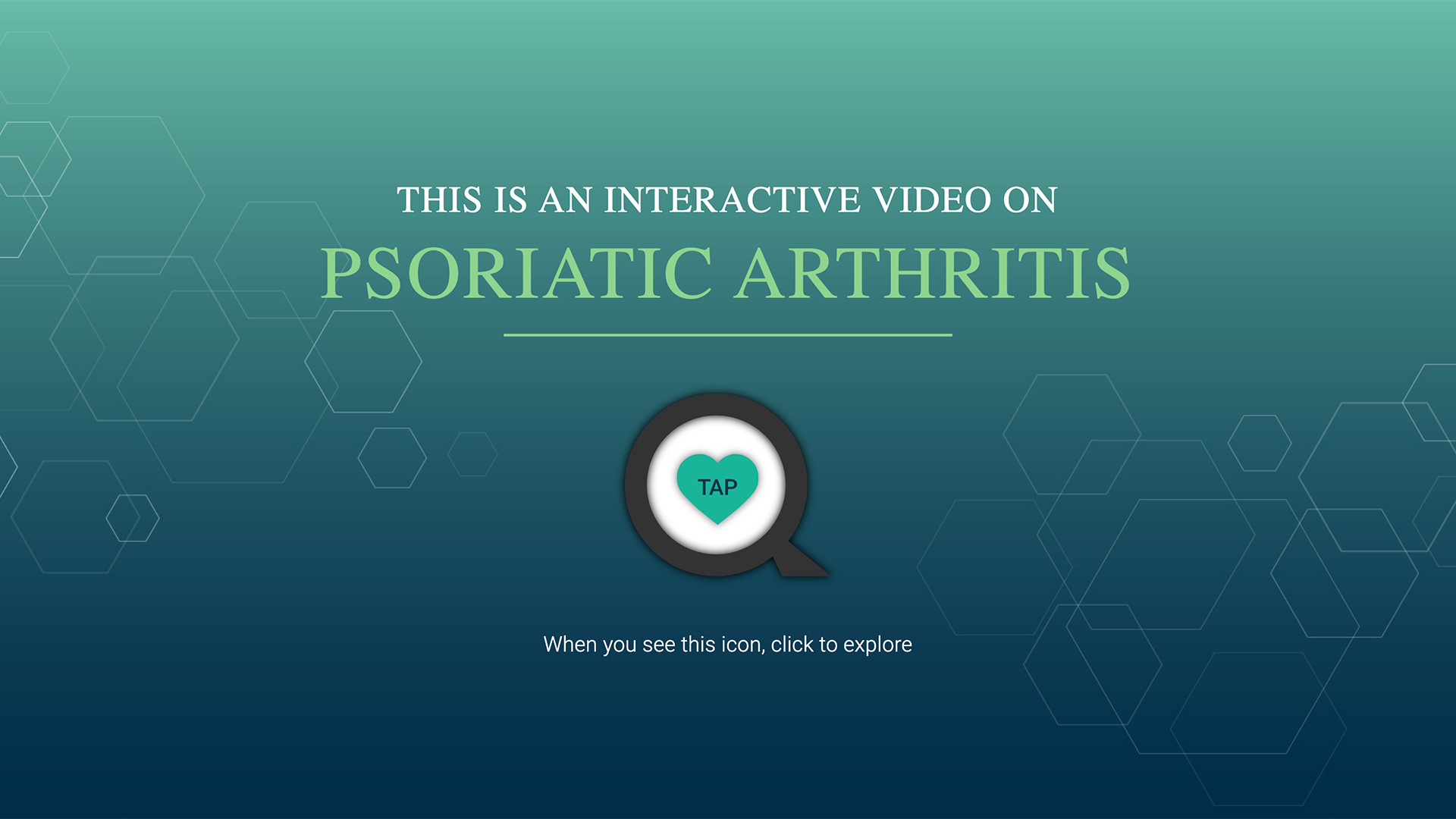Psoriasis is a chronic inflammatory skin disorder that can cause a variety of symptoms. The most common type of psoriasis is plaque psoriasis, which manifests as thickened patches of red, scaled skin.
Psoriatic arthritis is a type of arthritis that affects an estimated 30 percent of people who have psoriasis. Psoriatic arthritis causes inflammation in the joints. In addition to being painful and uncomfortable to live with, psoriatic arthritis can cause permanent damage to the joints.
Most people who have psoriatic arthritis have already experienced psoriasis symptoms. However, some people experience symptoms of psoriatic arthritis before experiencing psoriasis symptoms.
Different patterns
Psoriatic arthritis can affect any joint in the body, but the disorder tends to affect certain joints in certain patterns. These are sometimes referred to as different types of psoriatic arthritis.
- Asymmetric arthritis. The key feature with this type is asymmetry—different joints on different sides of the body are affected. It may affect one joint (monoarthritis) or several joints (oligoarthritis). It usually involves the joints of the fingers and toes. It is the most common type of psoriatic arthritis.
- Symmetric polyarthritis typically affects the same joints on different sides of the body, and typically involves multiple joints. The symptoms are similar to rheumatoid arthritis (RA).
- Distal arthritis involves the distal joints of the fingers and toes. A distal joint is the joints that is closest to the nail. Distal joints are also called DIP (distal interphalangeal) joints.
- Spondylitis or axial disease refers to arthritis that affects the spinal column and/or the joints that connect the spine to the pelvis (the SI or sacroiliac joints). This type is not common, but many people who have this type also have PsA in other joints.
- Arthritis mutilans is a destructive and disabling form of the disease that mostly targets the hands and feet. This type is rare.
The pattern and progression of psoriatic arthritis can be unpredictable, and the severity of psoriasis skin symptoms do not always correlate with the severity of PsA joint symptoms. A person may have mild psoriasis, but they may have severe psoriatic arthritis. Or a person may have severe psoriasis, but only mild psoriatic arthritis.
Work with a healthcare provider
If you have psoriasis, psoriatic arthritis, or both, it is important to work with a healthcare provider.
While psoriasis is typically treated by a dermatologist (a healthcare provider who specializes in disorders that affect the skin), people who have psoriatic arthritis may also work with a rheumatologist (a healthcare provider who specializes in disorders that affect the muscles, bones, and joints).
Treatment for psoriatic arthritis will vary from person to person. A treatment plan will depend on a number of factors, including the joints that are affected, the severity of the symptoms, and the impact psoriatic arthritis is having on a person’s life.
The goals of treatment are to ease symptoms, prevent the arthritis from getting worse, and keep the joints functioning. Treatment may include a combination of lifestyle changes, physical and/or occupational therapy, and medications.
There are a number of different medications that are used to treat psoriatic arthritis. These include nonsteroidal anti-inflammatory drugs (NSAIDs), as well as disease-modifying antirheumatic drugs (DMARDs), which include non-biologic and biologic therapies.






